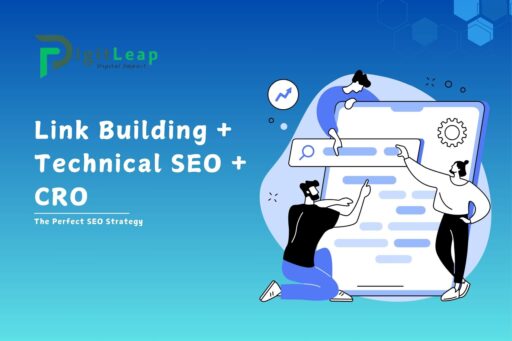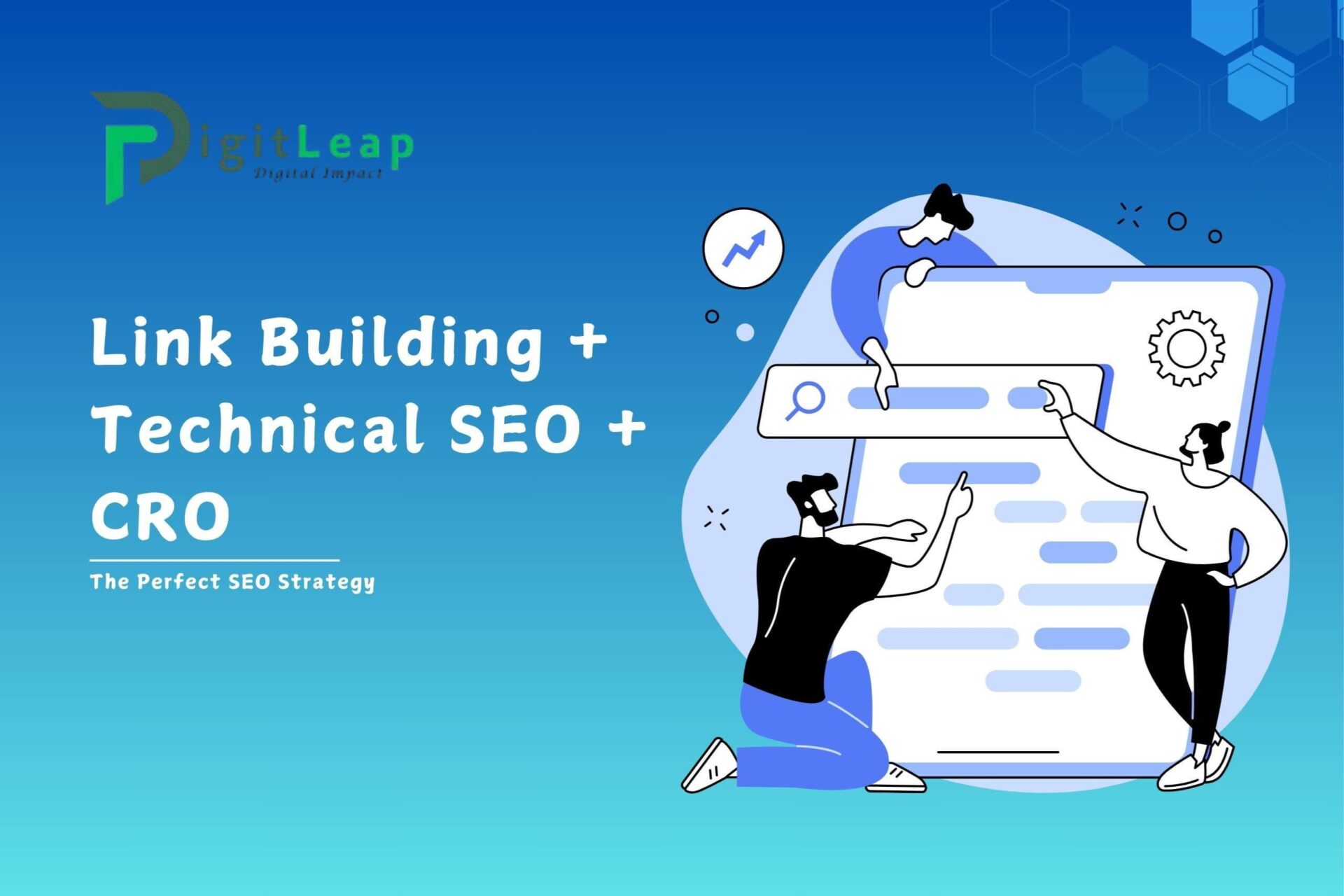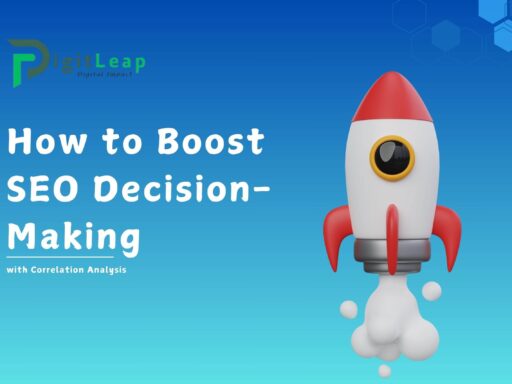Link Building + Technical SEO + CRO = The Perfect SEO Strategy
Achieving the perfect SEO strategy requires balancing multiple elements seamlessly. Three critical pillars—link building, technical SEO, and conversion rate optimization (CRO)—work together to boost rankings, improve user experience, and drive business growth. In this guide, we’ll explore how combining these three components results in an integrated, high-performing SEO plan that not only attracts visitors but also converts them into loyal customers.
What Makes Link Building, Technical SEO, and CRO Essential?
These three elements address different aspects of search engine optimization and website performance:
- Link Building enhances authority and relevance through backlinks.
- Technical SEO ensures the website is optimized for search engines with fast load times, proper indexing, and a clean structure.
- CRO (Conversion Rate Optimization) turns traffic into conversions by improving user experience and call-to-action (CTA) effectiveness.
When executed together, they create a balanced SEO strategy that aligns both search engine requirements and user expectations.
How Link Building, Technical SEO, and CRO Work Together
Imagine SEO as a car. Link building is the fuel, technical SEO is the engine, and CRO is the GPS that ensures you reach your destination efficiently. You need all three to attract traffic, retain users, and convert leads. Here’s how they complement each other:
- Link building brings external traffic and signals authority to search engines.
- Technical SEO ensures visitors can access and navigate the site without issues.
- CRO maximizes the value of traffic by optimizing content and design to boost conversions.
Together, they result in a well-rounded SEO strategy that ensures sustainable growth.
The Role of Link Building in SEO Success
Link building is the process of acquiring links from other websites to your own. Search engines like Google use backlinks as a signal of authority and relevance. High-quality links from trusted sources increase your site’s credibility and help it rank higher.
Effective Link-Building Strategies:
- Guest Blogging: Write posts on authoritative websites in your niche.
- Broken Link Outreach: Identify broken links on external sites and offer your content as a replacement.
- Resource Page Link Building: Reach out to websites with resource lists and request inclusion.
- Create Shareable Content: Develop infographics, case studies, or tools that naturally attract links.
Technical SEO: Building the Foundation for Search Engine Visibility
Technical SEO ensures that your site is optimized for search engine crawling and indexing. Even if you have excellent content, technical issues can prevent your site from ranking well. This includes managing speed, structure, and crawlability.
Key Technical SEO Components:
- Site Speed Optimization: Use tools like Google PageSpeed Insights to improve load times.
- Mobile Optimization: Ensure your site is mobile-friendly to meet Google’s mobile-first indexing standards.
- XML Sitemap and Robots.txt: Provide search engines with clear instructions on which pages to crawl.
- Fixing Crawl Errors: Monitor your site’s health using Google Search Console to identify indexing issues.
- HTTPS Implementation: Secure your website with an SSL certificate to build trust and prevent penalties.
CRO: Turning Visitors into Customers
Conversion Rate Optimization (CRO) focuses on enhancing the user experience (UX) and guiding visitors toward completing a desired action—whether it’s making a purchase, filling out a form, or subscribing to a newsletter. While SEO drives traffic, CRO ensures that traffic translates into tangible results.
Effective CRO Techniques:
- A/B Testing: Compare two versions of a webpage to see which one performs better.
- Clear and Compelling CTAs: Use actionable language like “Get Started Now” or “Claim Your Discount.”
- Optimized Forms: Minimize the number of fields to make forms easy to fill.
- Social Proof: Display customer reviews, testimonials, or trust badges to build credibility.
- Heatmaps and Analytics: Use tools like Hotjar to analyze user behavior and identify friction points.
How to Create a Balanced SEO Strategy Using Link Building, Technical SEO, and CRO
1. Develop a Link-Building Plan
Begin by identifying high-authority websites in your niche and creating valuable content worth linking to. Use outreach emails to connect with webmasters, and aim for natural, relevant backlinks.
2. Conduct a Technical SEO Audit
Evaluate your site’s performance using tools like Screaming Frog and Google Search Console. Identify areas like page speed, mobile usability, and indexing issues that need immediate attention. Implement fixes promptly to ensure your site is optimized.
3. Align CRO with SEO Goals
Use your most-visited pages as opportunities for conversion. For example, place prominent CTAs on high-traffic blog posts to capture leads. A seamless alignment between SEO and CRO ensures that visitors don’t just land on your page but also complete an action.
The Benefits of an Integrated SEO Strategy
When link building, technical SEO, and CRO work in tandem, the results are transformative:
- Higher Rankings: Backlinks from credible sources and a technically sound website improve organic rankings.
- Increased Traffic: Link building directs more visitors to your site, especially when paired with high-quality content.
- Enhanced User Experience: CRO makes your site more engaging and reduces bounce rates.
- Better ROI: Every click, visit, and action contributes directly to conversions, making the strategy cost-effective.
Common Mistakes to Avoid
- Neglecting Technical SEO: Even with strong backlinks, poor site structure can limit SEO success.
- Ignoring User Intent: Not aligning CRO efforts with user intent can reduce conversions.
- Building Irrelevant Links: Focus on quality over quantity when it comes to link building. Irrelevant links can harm your SEO performance.
FAQs:
Q1. Can I skip link building if I have good content?
No. Even with excellent content, you need backlinks to improve your website’s authority and visibility in search results.
Q2. How often should I perform a technical SEO audit?
It’s recommended to conduct a technical SEO audit every 3-6 months to catch and fix issues early.
Q3. What’s the most important aspect of CRO?
The key to successful CRO is understanding user behavior and continuously testing CTAs, landing pages, and forms to improve conversion rates.
Q4. Do backlinks affect conversion rates?
Yes. High-quality backlinks not only boost your SEO but also direct relevant, targeted traffic that’s more likely to convert.
Q5. How can I balance SEO and CRO without compromising one?
Prioritize user intent—create content that ranks well and aligns with user needs, ensuring visitors are encouraged to take action.
Q6. Is mobile optimization part of technical SEO?
Absolutely. Google’s mobile-first indexing makes mobile optimization essential for SEO success.
Conclusion
Achieving SEO success isn’t just about getting traffic—it’s about ensuring every element of your website contributes to the bigger picture. By combining link building, technical SEO, and CRO, you create a comprehensive strategy that brings in visitors, engages them with excellent UX, and encourages meaningful actions that drive business results.
An integrated SEO plan ensures your website is optimized from all angles, balancing authority, performance, and conversions perfectly. Focus on these three elements, and you’ll build a strategy that’s not only effective but also sustainable for long-term success.






